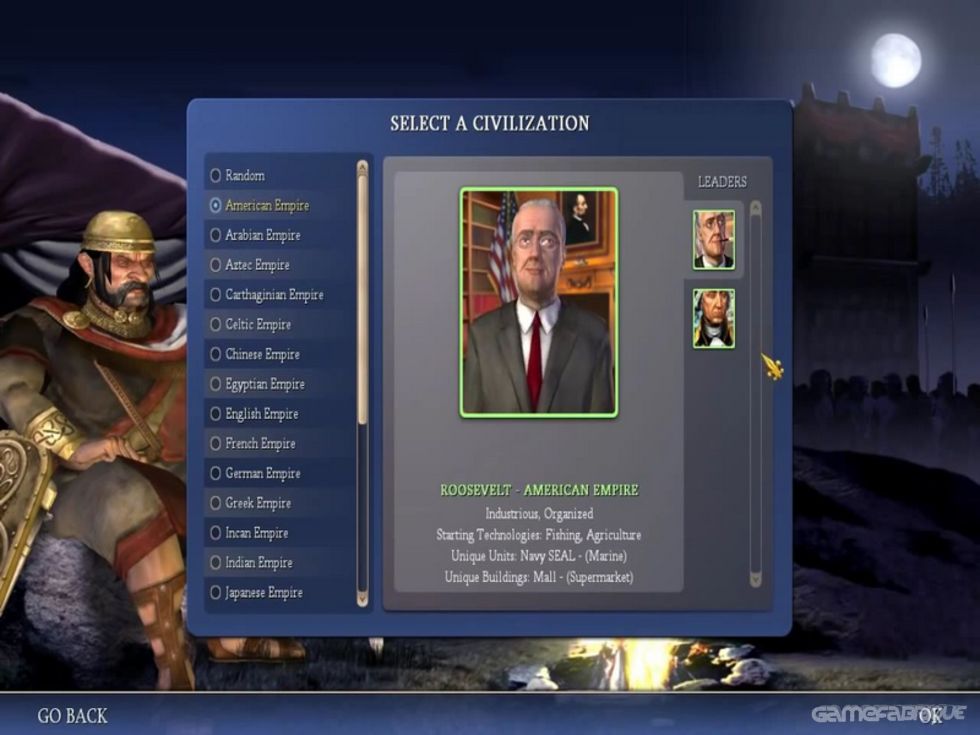
You'll also want to get going on constructing more of those great wonders, those one-of-a-kind monumental wonders that can grant the civilization that constructs them a significant boost. That's right, the old spy unit that was last seen in Civ II makes a return in Civ IV, and she's once again capable of spying on enemy civilizations as well as detecting enemy spies. These include the familiar Wall Street wonder, which boosts the economy, but there are also new national wonders, such as Oxford University, which lets every civilization build its own super-university, and Scotland Yard, which lets every civilization that builds it recruit spies. National wonders are the old "small wonders" from Civilization III and are basically smaller wonders that each civilization can build once. They've simply had more time to build up than the others and are best dedicated toward building key improvements, such as national wonders and great wonders. Several of your cities, mainly your oldest ones, will be your "core" cities.

You'll have to switch gears from exploration and expansion to focusing on improving your economy, because now it's a race to see which civilization can advance the fastest up the tech tree. At this point, you'll have pretty much established the borders with your neighbors, and all available land on the continent will have been settled. There's still a lot more history ahead.Īssuming you're not crushed by rivals or by barbarians during the early part of the game, sooner or later, your primitive civilization will advance its way out of the Stone and Bronze Ages, but then what? Well, if you play on the standard-sized map using the default "continents" world setting, odds are you'll find yourself with a decent-sized civilization with approximately five to 10 cities. So in this preview we'll give you an idea of what the later part of Civ is like. That changed recently, when we got our hands on the first playable version of Civ IV ahead of everyone else on the planet.


That's due to the fact that while we've been able to play with the early eras of the game, when you're busy clawing your way out of the Stone Age and researching such groundbreaking technologies as the wheel, Firaxis limited our time with Civ IV to basically everything before 1AD, leaving out the 2,000 years that follow. While there have been many previews of Civilization IV, there's hardly been any coverage of the game's middle to late stages.


 0 kommentar(er)
0 kommentar(er)
